Lost to History: Anne Boleyn’s Life, 1521-1527
By Conor Byrne
Anne Boleyn is undoubtedly the most famous of Henry VIII’s six wives, and our contemporary obsession with her means that many of us believe that we know a great deal about her. However, the plethora of Boleyn-related films, television shows and novels should not mislead us. Much of Anne’s life remains unknown and is subject to a range of conflicting interpretations: her age, her physical appearance, her religious beliefs, the reason for her execution, and her place in the Boleyn birth sequence. Her residency on the Continent between 1513 and 1521 remains shadowy, while periods of her tenure as queen are undocumented in the extant sources.
This article contends that the six years of Anne Boleyn’s life between her return to England from the French court in late 1521 and the commencement of her relationship with Henry VIII in 1527 remains shadowy and insufficiently understood. In part, because of our incomplete understanding of the Boleyn family goals and ambitions in the early to mid-1520s. We do know, however, on the basis of contemporary evidence that Thomas Boleyn desired his daughter’s return to England in order to marry her to James Butler, heir to the earldom of Ormond. The Boleyn and Butler families were in competition for the earldom, thus a marriage between Anne and James was interpreted as an effective means of resolving the dispute. Undoubtedly, had Anne’s sister Mary not married William Carey in February 1520, she would have been selected as James’ bride. It is possible that the Boleyns were hopeful that Anne, then in residence at Francois I’s court, would marry a French nobleman. Anne’s uncle Thomas Howard, earl of Surrey, wrote in the autumn of 1520 that he had petitioned Henry VIII’s minister Cardinal Wolsey for a marriage alliance between Anne and James. At the end of 1521, shortly before Anne’s return from the French court, Wolsey wrote to the king from Calais: ‘And I shall, at my retourne to your presence, divise with Your Grace, how the marriage betwixt hym [James Butler] and Sir Thomas Bolain is doughtier [Anne], may be brought to passe, whiche shalbe a reasonable cause to tracte the tyme for sending his said sonne over unto hym, for the perfecting of whiche mariage I shall indevour my selff, at my said retourne, with all effecte.’ Thomas Boleyn, an ambitious nobleman, was in favour of the marriage and recalled Anne from France in the expectation of an imminent Boleyn-Butler wedding. It was not to be, however; for reasons that remain uncertain, possibly on account of Piers Butler’s non-cooperation, the project had fallen through by the spring of 1523. Ultimately the marriage negotiations came to nothing, and Thomas Boleyn was granted the earldom of Ormond in 1529 when it was known that Henry VIII intended to marry his daughter.
Both Anne and her sister participated in the Chateau Vert masque at York Place on 4 March 1522 arranged by Cardinal Wolsey. The Boleyn sisters were two of eight ladies that featured in the masque; the others included Henry VIII’s sister Mary, newly married to Charles Brandon, duke of Suffolk and Jane Parker, who would later marry George Boleyn. Traditionally, Anne Boleyn is thought to have been appointed to Katherine of Aragon’s household shortly after her return from France. However, the accounts for Katherine’s household are incomplete. Historians have suggested that Anne’s sister Mary did not reside in the queen’s household; it seems that Anne did, but it is uncertain whether she was appointed a maid of honour in 1522. Barbara Harris has noted that thirty-three aristocratic women resided in Katherine’s household in the first year of Henry VIII’s reign. Almost certainly Anne was appointed to Katherine’s household prior to 1527, but the exact date remains unclear. Cardinal Wolsey’s gentleman usher George Cavendish suggested that Anne was a maid of honour to Katherine when she engaged in a liaison with Henry Percy, heir to the earldom of Northumberland, in 1523, probably shortly after the Butler alliance fell through. Cavendish wrote: ‘Mistress Anne Boleyn, being very young was sent into the realm of France, and there made one of the French queen’s women… And then was she sent for home again; and being again with her father, he made such means that she was appointed to be one of Queen Katharine’s maids’. Cavendish’s suggestion that Anne was appointed to Katherine’s household at this time is explicable since she would have been about sixteen years old in 1523. Maidens were customarily in their mid-to-late teens when they were appointed to the queen’s household. Katherine Howard, for example, was sixteen when she was appointed to Anne of Cleves’ household in 1539, while her cousin Katherine Carey was fifteen. Anne would have been somewhat old, if born in 1501, to have been appointed a maiden to Katherine of Aragon in 1523, or to have been reappointed by 1526 (see below). It is possible that she initially resided after her return to England in the household of Mary Tudor, duchess of Suffolk, whom she had met with in France in 1514 after Mary’s marriage to Louis XII. As noted, the duchess had participated at the Chateau Vert masque in 1522, which had also featured Anne. It is also possible that Thomas Boleyn sought Anne’s appointment as a maiden in the awareness that her marriage to James Butler was unlikely to take place; undoubtedly, had an imminent marriage been anticipated, there would have been no need for her to reside at court since she would have departed for Ireland to live with her husband.
Anne Boleyn’s relationship with Henry Percy is often interpreted romantically in modern fiction, but it is frustratingly undetailed in the contemporary sources. In the spring of 1536, shortly before Anne’s execution, the Imperial ambassador recorded that Henry VIII desired an annulment of their marriage ‘for there were witnesses testifying that another marriage passed nine years before [1527] had been made and fully consummated between her [Anne] and the Earl of Northumberland [Percy]’. Aside from the misplaced dating of Anne’s involvement with Percy, the report is interesting in that it suggests that the Boleyn-Percy relationship was well-known at court. Some historians have speculated that Henry’s marriage to Anne was annulled on the grounds of her pre-contract to Percy, but the earl emphatically denied that he had exchanged marriage vows with her. Possibly, in 1523, they exchanged de futuro vows, which signalled an intent to marry in the future. Ultimately the marriage was prevented by Wolsey and the earl of Northumberland, Percy’s father. Instead, Percy married Lady Mary Talbot: their union was unhappy and childless. The next recorded reference to Anne is in 1527. The implication must be that she resided at the Boleyn family properties, perhaps Hever in Kent, after her dismissal from court; eventually she seems to have returned to Katherine’s household. Retha Warnicke has suggested that Anne’s reappointment may have occurred at the end of 1526, since Thomas Boleyn paid a bill of £3 for her at court. Traditionally, of course, Henry VIII’s interest in Anne has been dated to the spring of 1526, but it is impossible to date the beginning of their relationship because the date of Anne’s return to court is unknown.
With regards to Anne’s date of birth, it is surely revealing that Thomas Boleyn does not appear to have engaged in marital negotiations for his daughter between 1523, when she was dismissed from court as a result of the Percy liaison, and 1527, when Henry VIII’s love for Anne became public. According to the traditional interpretation of Anne’s age, which places her birth in 1500-1, she would have been aged between twenty-two and twenty-seven years old during these years. It seems extraordinary to argue that seemingly no attempt was made during this period to arrange a marriage for a noblewoman of Anne’s status, who was the niece of the earl of Surrey and granddaughter of the duke of Norfolk, if she was born as early as 1500. This conundrum makes more sense if Anne was born in 1507, since she would have been sixteen in 1523 and twenty in 1527. Sixteenth-century noblewomen were customarily married by the age of twenty. Anne’s mother was married at the age of twenty-one, at the latest (her marriage jointure dates to 1501), while Mary Boleyn was nineteen or twenty when she married in 1520. Anne’s sister-in-law Jane Parker was the same age when she wed George Boleyn in 1524. Henry VIII’s preference was for women in their late teens or early twenties; admittedly Katherine Parr was thirty-one when she married the king in 1543, but she had been married twice previously, and her first union had taken place when she was seventeen. Not one contemporary author suggested a birth date of 1501 for Anne; in fact, only the hostile Elizabethan author Nicholas Sander indicated that she had been sent to the French court in disgrace at the age of fifteen, suggesting a birth date of 1499. Sander, of course, also accused Anne of being a physically deformed witch and of committing incest with her brother. The obscurity of Anne’s life between 1523 and 1527, a period in which she does not appear to have resided exclusively at court, coupled with the apparent lack of interest in securing a marriage for her, can be understood with reference to her age. It was not urgent to complete a marriage for Anne if she was sixteen when dismissed from court in 1523 and twenty when her affair with Henry VIII became public knowledge in 1527. Gareth Russell has also noted, of course, that Anne’s age was never raised as an issue when Henry attempted to annul his marriage to Katherine, while her social standing, religious beliefs and character were all questioned by those partisan to Katherine. By the standards of sixteenth-century noble matchmaking, an intent to marry a woman aged twenty-six in 1527 and thirty-two in 1533 would have been astonishing, especially in view of Henry VIII’s serious concerns about securing the future of his dynasty.
The evidence suggests that Anne may have initially resided in the household of Mary, duchess of Suffolk after her return from the French court in late 1521; as noted, both she and the duchess participated in the Chateau Vert pageant in March 1522. Cavendish’s memoirs indicate that Anne was appointed to the household of Katherine of Aragon by 1523; her liaison with Henry Percy that year, however, was swiftly terminated on the orders of the king and Cardinal Wolsey and Anne was dismissed from court. The date of her reappointment remains uncertain, but it had taken place by late 1526. Her affair with Henry VIII became public knowledge in 1527, and as is well known, their marriage took place six years later.
About the Author
Conor Byrne studied History at the University of Exeter. He is the author of Katherine Howard: A New History and Queenship in England: Gender and Power in the Late Middle Ages, published by Made Global. Since 2012 he has run a historical blog and was formerly editor of Tudor Life Magazine. He specialises in late medieval and early modern European history, with a focus on gender, sexuality and the monarchy.
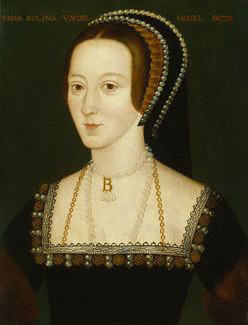


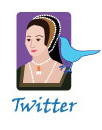




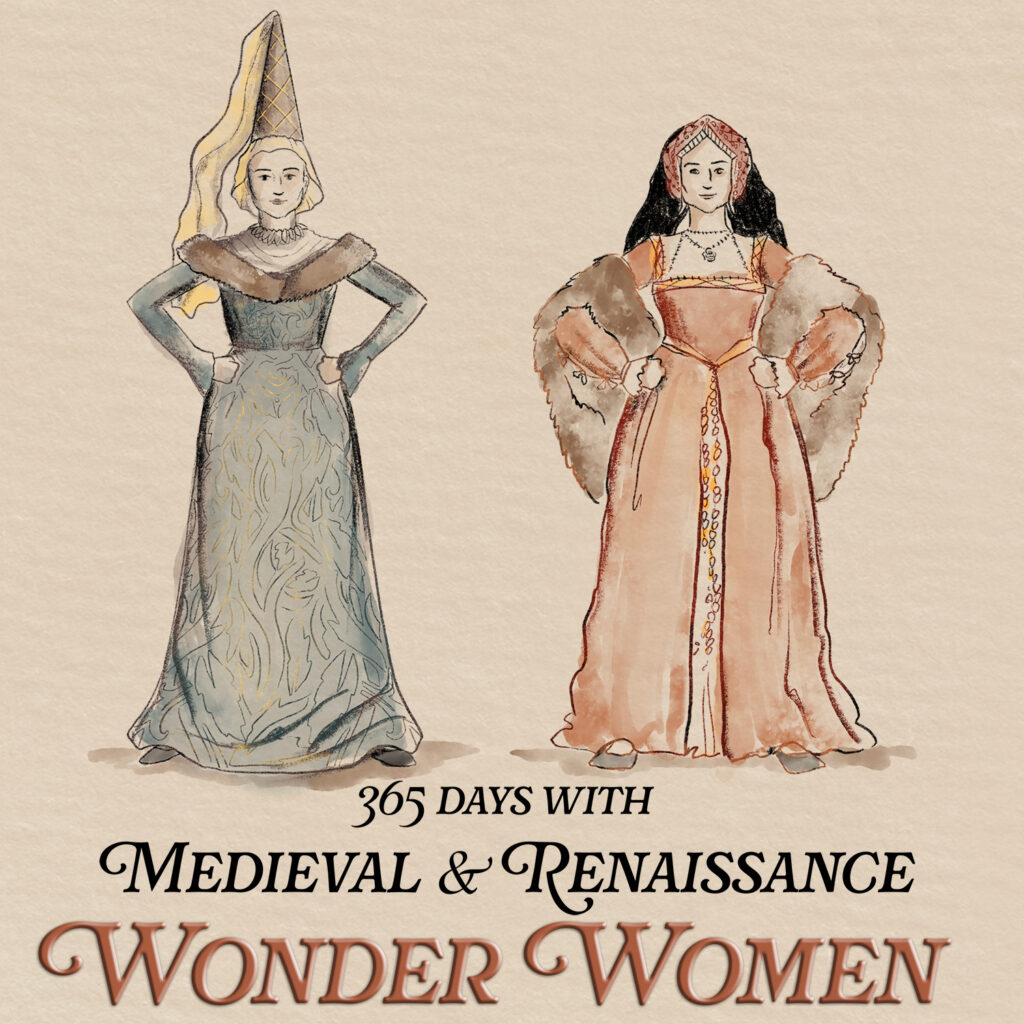
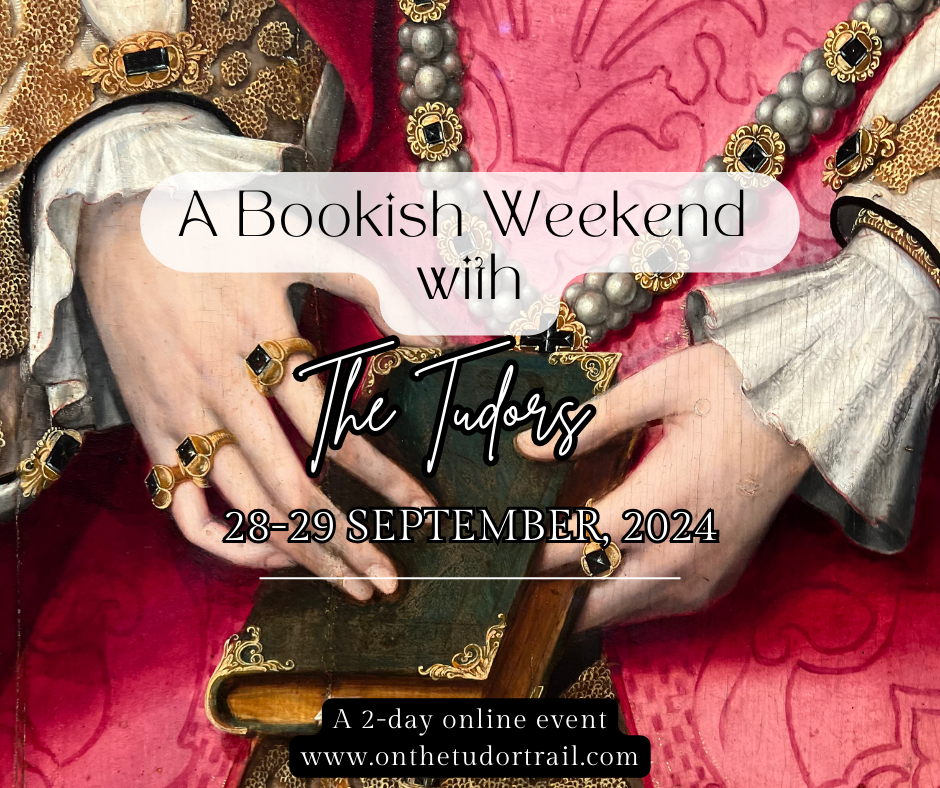
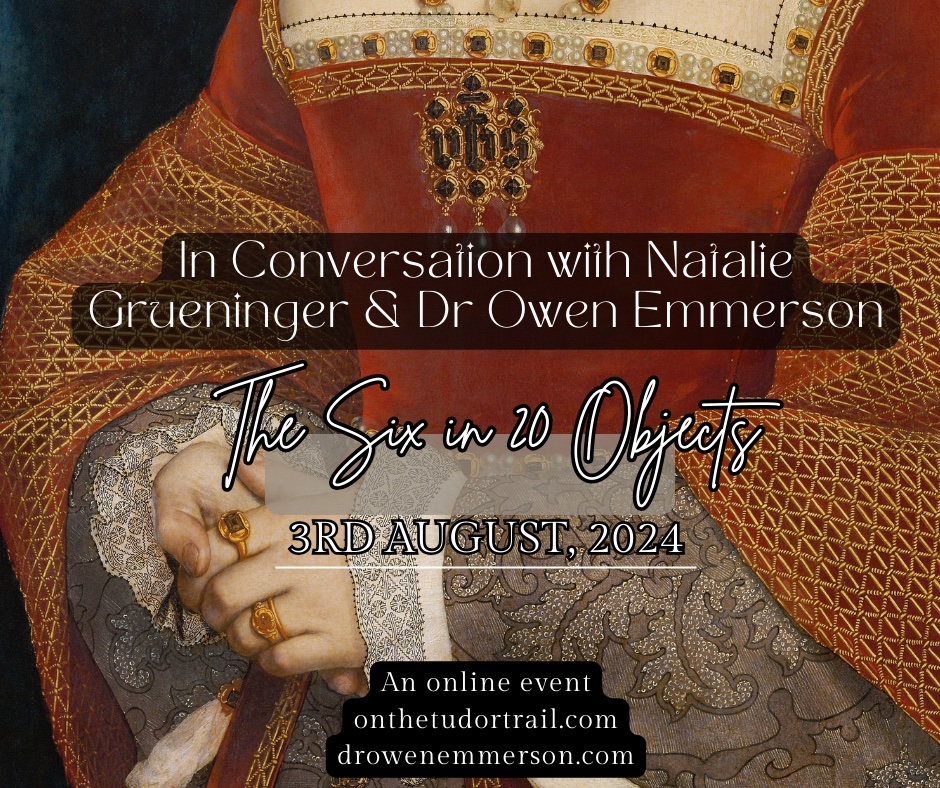
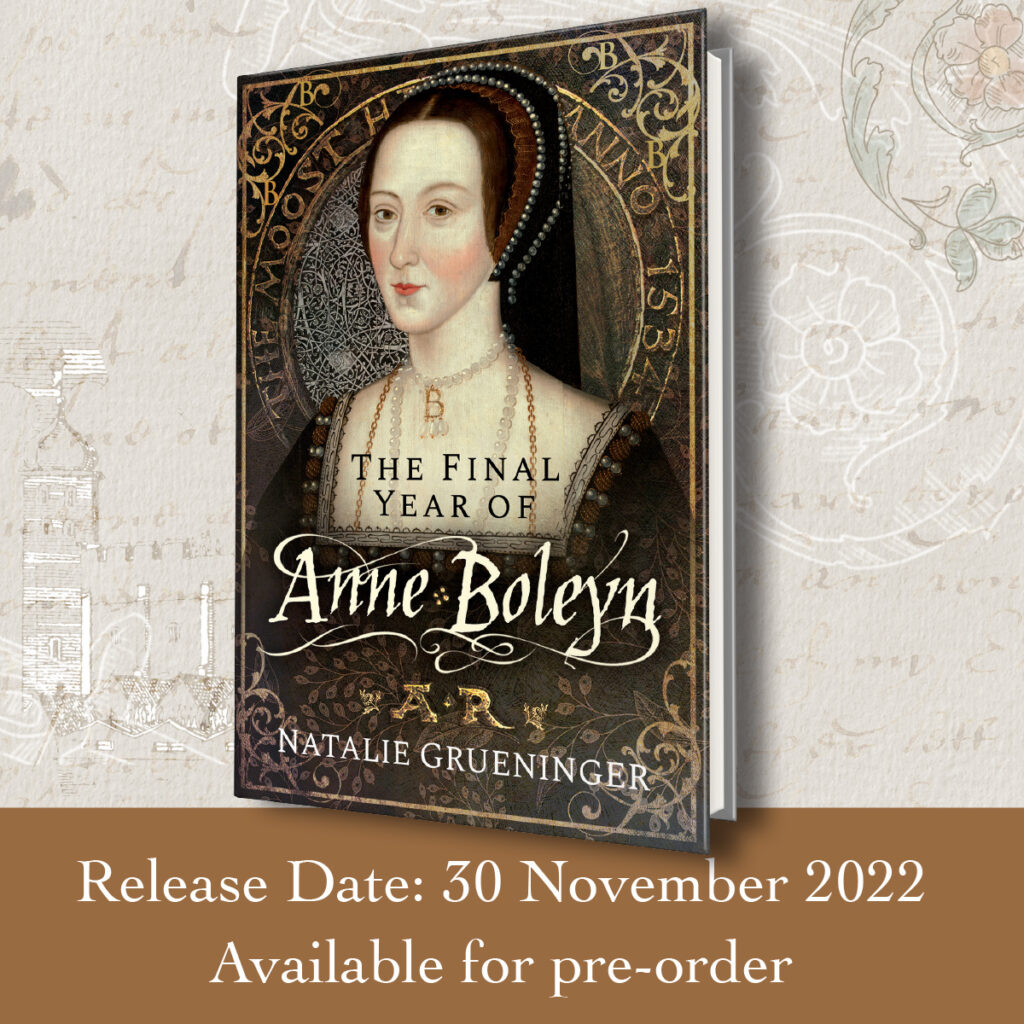
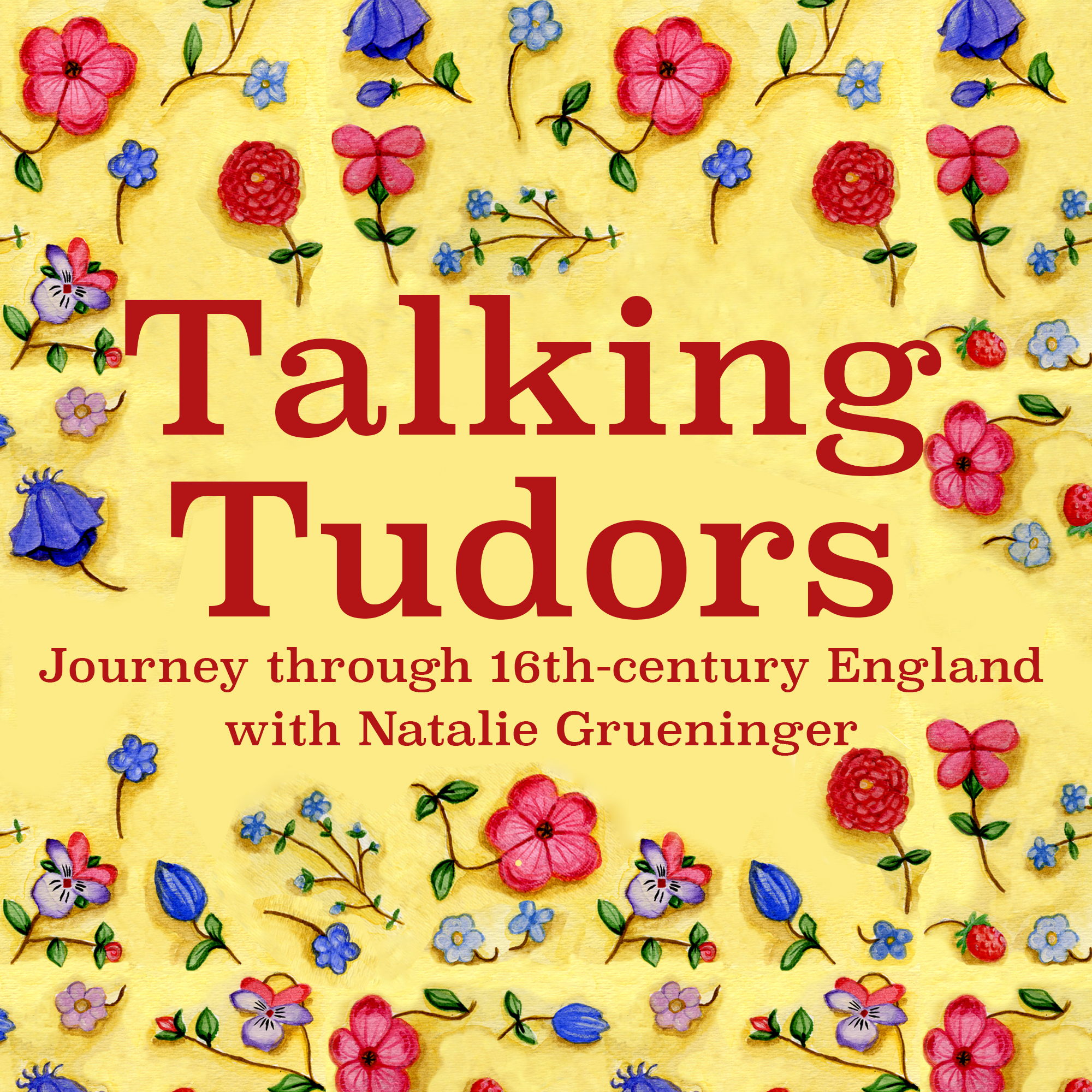

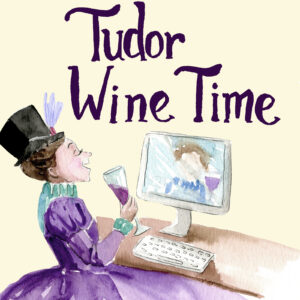
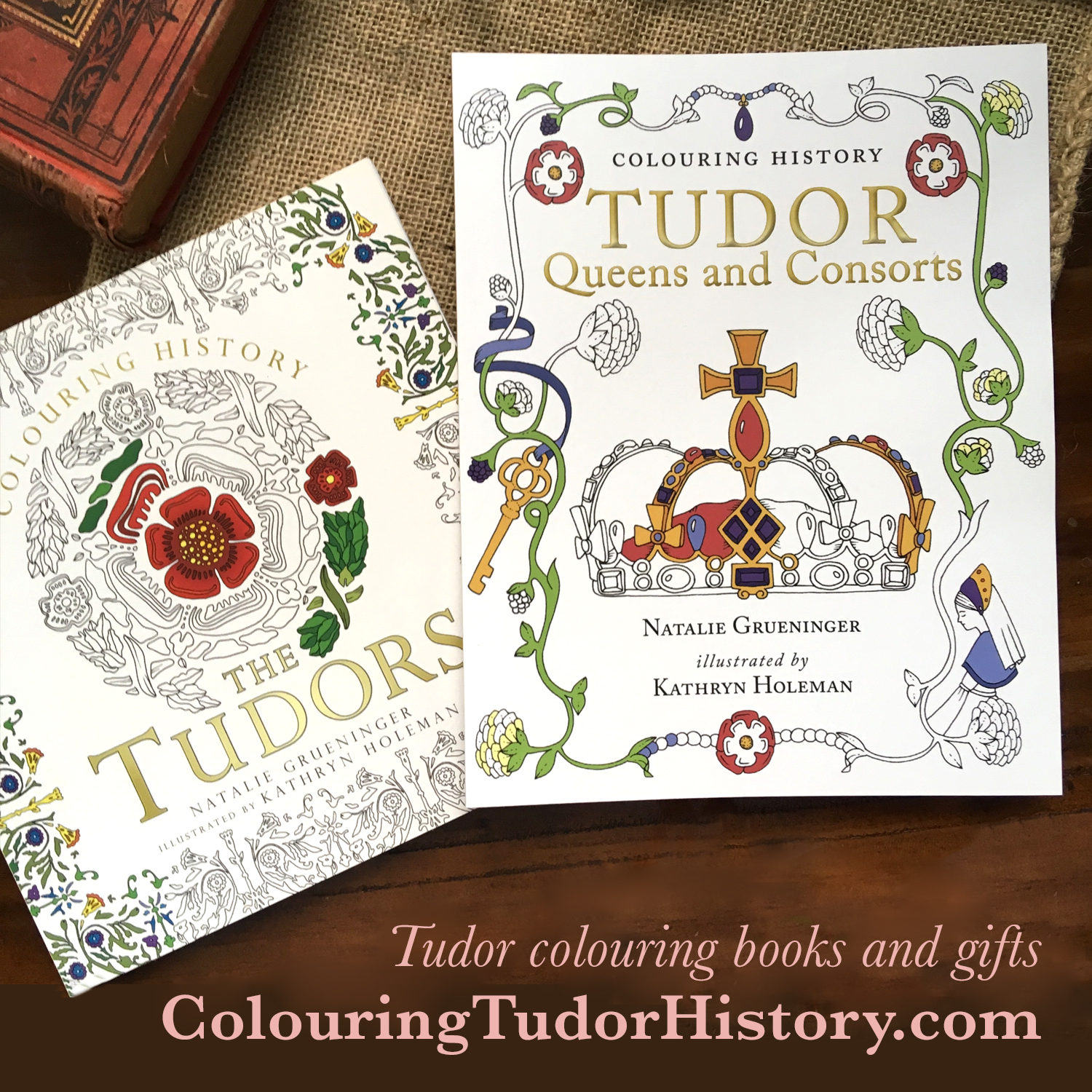

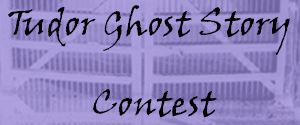

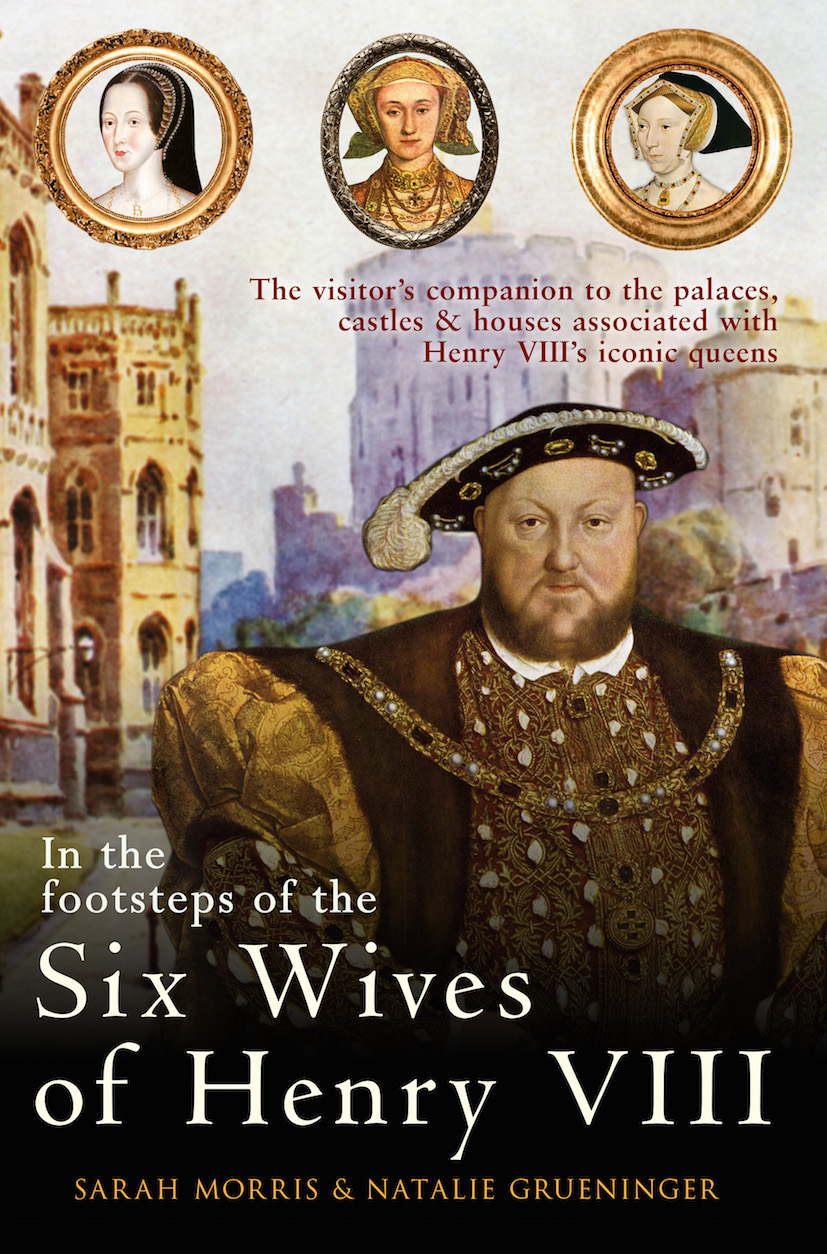
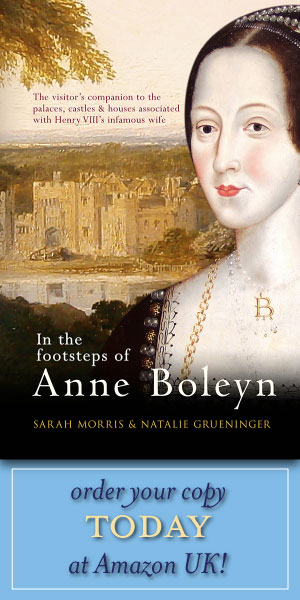

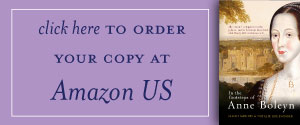
Hi, Natalie!
Do you ever think that you would make a second colouring book?
-Alexis
thanks for the article. It was really good. I like how you wrote that she was prob younger then believed. It makes more sense then her being old and in the shelf